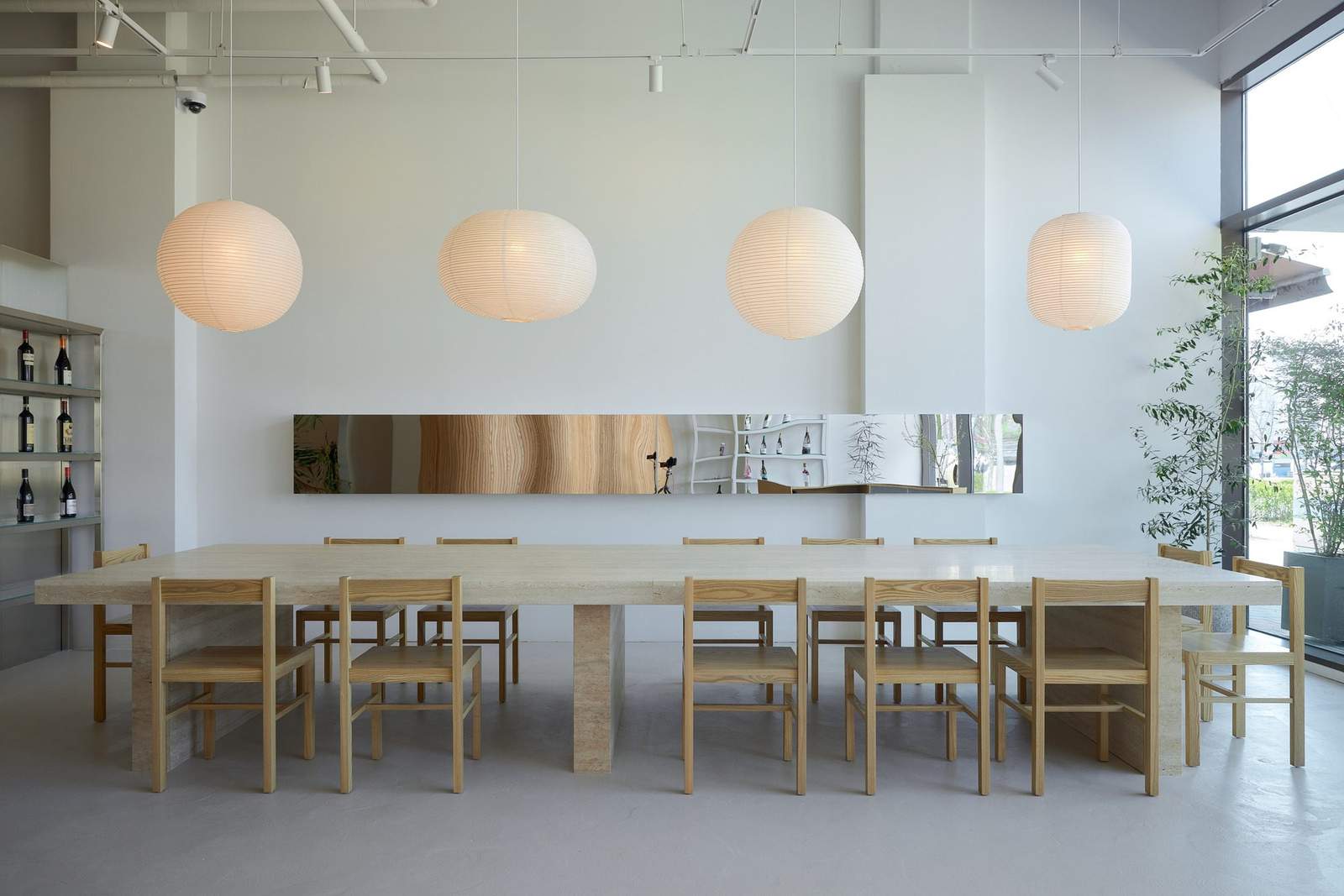How Does a Mood-Board Design Become an Influencer in Architectural Design?
Ask any designer or architect about their designing phase, a word of mood board will surely come up. No, we are not pointing to a Pinterest board, yet an original collection of patterns and photographs shapes the base of a truly perfect space. A mood board Design is the assembling of design plans, colors, products, or different motivations. Also, it incorporates inspirations during the planning stage to make an impression or mood representing current design thoughts. It can be a quick and successful method to feel what a finished task might resemble before the plan has been completely grown or even during the beginning phases of minimal design work. It permits individuals to envision the final project.
Types of Mood Boards
Mood boards are of two types, physical and digital. Both have their pros and cons.
1. Physical Mood Boards
Physical mood boards can assist designers or architects with thinking outside the limits of a digital screen. These can be amazing for projects taking a great deal of motivation from the real world.
However, it can likewise require a ton of printing and somewhat more wreck to make. Physical mood boards can be harder to file or impart to team members and customers. So, the best option is to take pictures of them for sharing purposes.
2. Digital Mood Boards
On the other hand, digital mood boards restrict the creativity of a designer sometimes. Because they almost utilize similar kinds of tools and platforms consistently. It implies that they are utilizing a similar mindset that they generally use.
In most cases, that will not be something awful. However, when attempting to execute a complex design plan, it very well may be an obstacle. Digital mood boards are simple to share. You can even transfer them as an image file. Also, a few projects permit direct sharing.
Read also: The impact of architecture and Architectural Design on Quality of Life
The Utilization of Mood Boards Design by Architects
Architects use mood boards in interior designing to make an impression of their thoughts. It can be a successful method of passing on those plans to customers, who might find mood boards simpler to process than sketches or details. Architects often use more extensive and different design plans, like web design, landscape design plan, etc.
The Utilization of Mood Boards Design by Clients
Clients can use mood boards as a method of demonstrating their brief to architects. They can also use it as a feature of the design plan. Also, they use mood boards to assist the designers and architects in their ideas.
The Role of Mood Boards in Architectural Design
In the beginning phases, a mood board can be a series of photographs from magazines or the web that reflect architectural design planning. They may likewise incorporate text or rousing pictures that somehow pass on the customer’s aspirations for the plan. It can be a helpful and specialized element for architects, confirming the customer’s thoughts got perceived appropriately. Also, it ensures that clients are happy with the direction taken to execute the plan.
Later on, you can use a mood board to show examples like pictures of items and different choices that you have made. They can turn out to be right around a three-dimensional specification, including tests of doors, floors, blinds, colors patterns, tiles, etc. It assists in ensuring the things cooperate as a coherent plan. You can also use it to get the last approval from a customer about the choices.
Mood boards are photos or articles set on board. They are moderately simple to change. You can even eliminate the thing if it does not fit in the final context of execution. You can replace that by inconspicuously changing your mood board. It can pick the extra stuff, making it simpler to check whether they are the best fit for the mood board.
Discover: Sensorial architecture: Influence of the Senses in Architecture
Benefits of Using Mood Boards
One of the benefits of making mood boards is that there are no rules that direct what it must incorporate or resemble. It provides the freedom of artistic liberty to the architect during this stage, which might get away in later periods (depending upon the specific task, obviously).
Showing a mood board to your client right before executing the process means fewer adjustments to the completed architectural design plan. It can put the architect and customer in an agreement from the starting of the design plan.
Also, when architects meet the client requirements throughout (even when they don’t have the exact ones), the client will feel more confident about the architect.
Risks of Using Mood Boards
Although, there can be a risk with the production of mood boards. The risk of relying upon the fixed solutions instead of checking requirements and then, find out which is the best one. Mood boards are center around what we need to purchase instead of what we should do.
They can likewise focus more on styles as opposed to more technical parts of the design plan. Furthermore, mood boards design can fix design plans in the mind of architects and customers by closing down other possibilities. It limits creativity.
Bottom Line about Mood Boards Design
Today, people are creating mood boards by using PCs that generate pictures smartly. By this, you can create a mood board more rapidly. You can show chosen stuff like textures or tones more efficiently.
Your target must be the formation of the perfect mood board rather than a perfect design plan.




